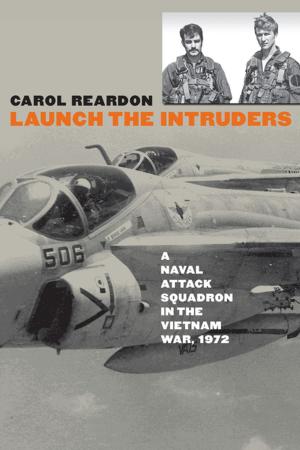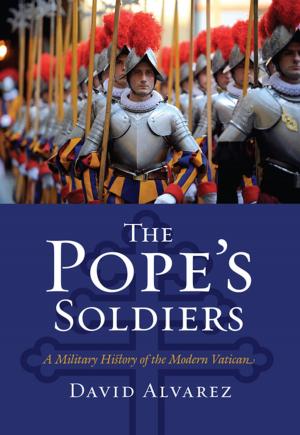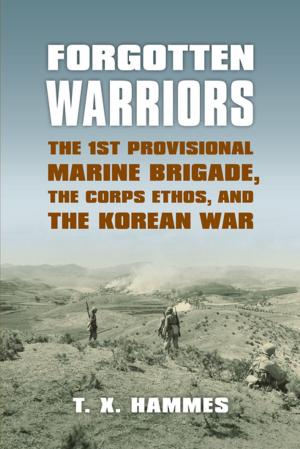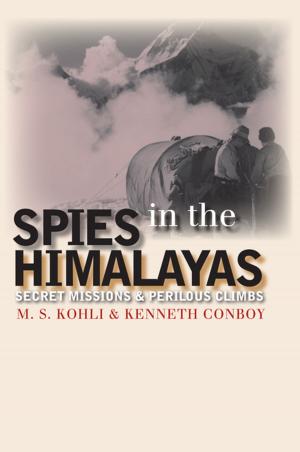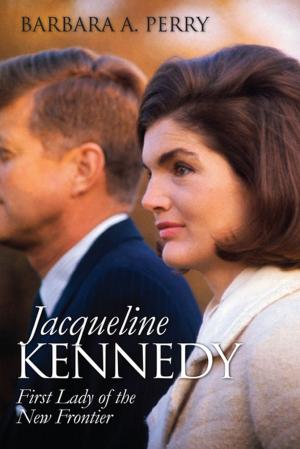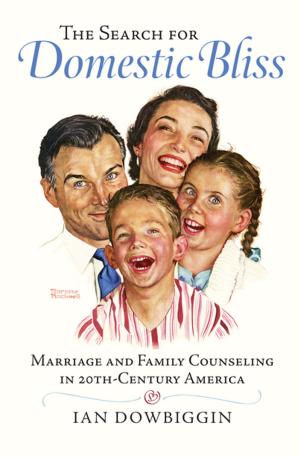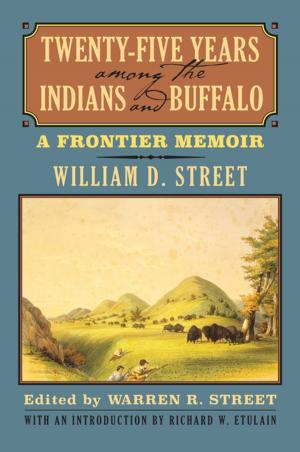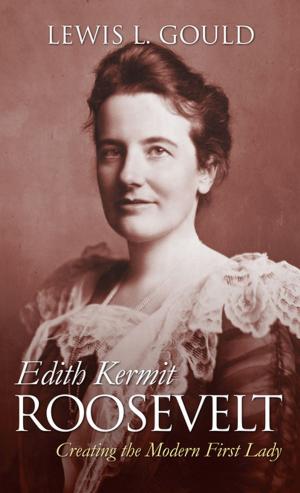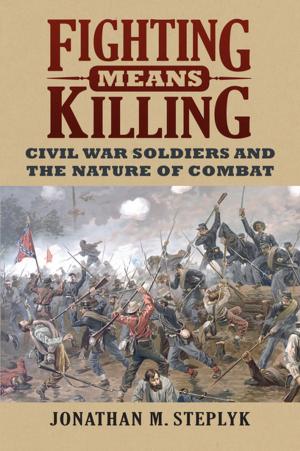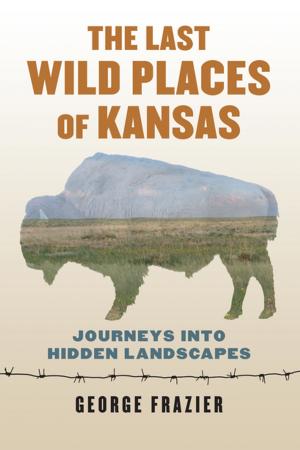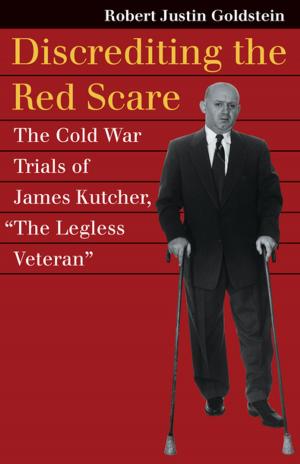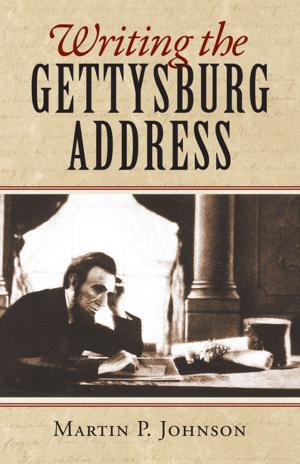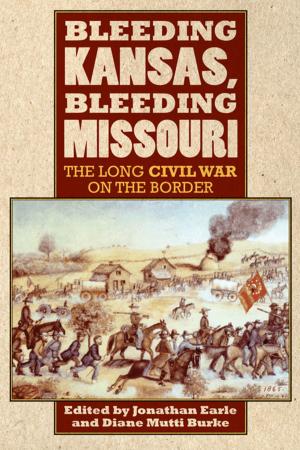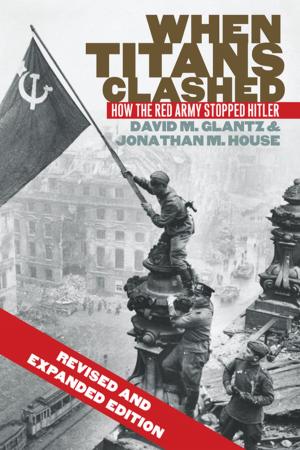Bondarchuk's War and Peace
Literary Classic to Soviet Cinematic Epic
Nonfiction, Entertainment, Film, History & Criticism, Performing Arts| Author: | Denise J. Youngblood | ISBN: | 9780700620401 |
| Publisher: | University Press of Kansas | Publication: | December 7, 2014 |
| Imprint: | University Press of Kansas | Language: | English |
| Author: | Denise J. Youngblood |
| ISBN: | 9780700620401 |
| Publisher: | University Press of Kansas |
| Publication: | December 7, 2014 |
| Imprint: | University Press of Kansas |
| Language: | English |
Sergei Bondarchuk's War and Peace, one of the world's greatest film epics, originated as a consequence of the Cold War. Conceived as a response to King Vidor's War and Peace, Bondarchuk's surpassed that film in every way, giving the USSR one small victory in the cultural Cold War for hearts and minds. This book, taking up Bondarchuk's masterpiece as a Cold War film, an epic, a literary adaptation, a historical drama, and a rival to Vidor's Hollywood version, recovers—and expands—a lost chapter in the cultural and political history of the twentieth century.
Like many great works of literature, Tolstoy's epic tale proved a major challenge to filmmakers. After several early efforts to capture the story's grandeur, it was not until 1956 that King Vidor dared to bring War and Peace to the big screen. American critics were lukewarm about the film, but it was shown in the Soviet Union to popular acclaim. This book tells the story of how the Soviet government, military, and culture ministry—all eager to reclaim this Russian masterpiece from their Cold War enemies—pulled together to make Bondarchuk's War and Peace possible. Bondarchuk, an actor who had directed only one film, was an unlikely choice for director, and yet he produced one of the great works of Soviet cinema, a worthy homage to Tolstoy's masterpiece—an achievement only sweetened when Russia's Cold War adversary recognized it with the Academy Award's Oscar for Best Foreign Language Film of 1968.
Denise Youngblood examines the film as an epic (and at seven hours long, released in four parts, at a cost of nearly $700,000,000 in today's dollars, it was certainly that), a literary adaptation, a complex reflection on history, and a significant artifact of the cultural Cold War between the US and the USSR. From its various angles, the book shows us Bondarchuk's extraordinary film in its many dimensions—aesthetic, political, and historical—even as it reveals what the film tells us about how Soviet patriotism and historical memory were constructed during the Cold War.
Sergei Bondarchuk's War and Peace, one of the world's greatest film epics, originated as a consequence of the Cold War. Conceived as a response to King Vidor's War and Peace, Bondarchuk's surpassed that film in every way, giving the USSR one small victory in the cultural Cold War for hearts and minds. This book, taking up Bondarchuk's masterpiece as a Cold War film, an epic, a literary adaptation, a historical drama, and a rival to Vidor's Hollywood version, recovers—and expands—a lost chapter in the cultural and political history of the twentieth century.
Like many great works of literature, Tolstoy's epic tale proved a major challenge to filmmakers. After several early efforts to capture the story's grandeur, it was not until 1956 that King Vidor dared to bring War and Peace to the big screen. American critics were lukewarm about the film, but it was shown in the Soviet Union to popular acclaim. This book tells the story of how the Soviet government, military, and culture ministry—all eager to reclaim this Russian masterpiece from their Cold War enemies—pulled together to make Bondarchuk's War and Peace possible. Bondarchuk, an actor who had directed only one film, was an unlikely choice for director, and yet he produced one of the great works of Soviet cinema, a worthy homage to Tolstoy's masterpiece—an achievement only sweetened when Russia's Cold War adversary recognized it with the Academy Award's Oscar for Best Foreign Language Film of 1968.
Denise Youngblood examines the film as an epic (and at seven hours long, released in four parts, at a cost of nearly $700,000,000 in today's dollars, it was certainly that), a literary adaptation, a complex reflection on history, and a significant artifact of the cultural Cold War between the US and the USSR. From its various angles, the book shows us Bondarchuk's extraordinary film in its many dimensions—aesthetic, political, and historical—even as it reveals what the film tells us about how Soviet patriotism and historical memory were constructed during the Cold War.

